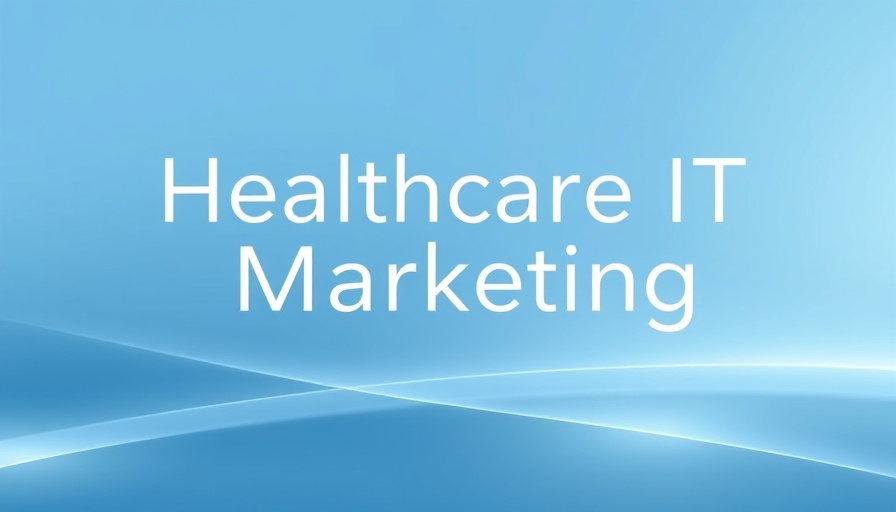
Understanding Data Security Risks in Healthcare
As healthcare digitalization accelerates, patients increasingly trust clinicians with sensitive health data, expecting its privacy and security. However, the reality is that this trust hinges on robust data security measures. With electronic health records (EHRs) containing vast amounts of protected health information (PHI), they become prime targets for cybercriminals employing tactics such as phishing and ransomware. According to IBM, the global average cost of a data breach now stands at an alarming $4.88 million, a 10% increase from the previous year. Such statistics underscore the urgency for healthcare organizations to adopt effective data security strategies that safeguard patients and maintain their trust.
The Impact of AI on Cybersecurity
The increasing integration of Generative AI within healthcare operations is transforming not only service delivery but also cybersecurity dynamics. While AI can enhance efficiency and innovation, it simultaneously broadens the attack surface. Flawed AI-generated code, unintentional data leaks, and various attack vectors like prompt injections can lead to severe breaches. Moreover, a recent HIMSS/Trimex study highlighted that 74% of healthcare organizations feel they lack sufficient cybersecurity staffing to combat emerging threats effectively. This shortfall only exacerbates vulnerabilities within already strained healthcare settings.
Five Strategies to Strengthen Data Security in Healthcare
To effectively counteract rising cyber threats and protect sensitive patient data, healthcare organizations must implement a multifaceted approach. Here are five key strategies:
1. Staff Education and Awareness
Human errors contribute significantly to cyber incidents. Regular training programs that help staff recognize phishing attempts, avoid malicious links, create strong passwords, and understand their cybersecurity roles are vital. Building a culture of cybersecurity awareness is as important as technical solutions.
2. Implementing Physical and Technical Security Controls
Compliance with HIPAA and HITRUST standards necessitates strict security measures. Organizations should enforce access-controlled facilities, secure data servers, and utilize VPNs for remote access. Multi-factor authentication, regular system updates, and mandatory incident reporting can greatly enhance security.
3. Data Encryption and Secure Exchange
Data encryption is non-negotiable. All patient data, especially PHI, must be encrypted during storage and transmission. This ensures that even if data is intercepted, it remains inaccessible to unauthorized individuals.
4. Role-Based Access Control
Limiting access to sensitive information based on role is critical. Credentials should restrict users to only the data necessary for their specific job functions, minimizing potential exposure of sensitive information.
5. Choosing Appropriate Third-Party Partners
Selecting third-party vendors who meet established cybersecurity standards, such as SOC and HITRUST certifications, is crucial. Regular security audits and clear security requirements in contracts with these partners can help ensure that data remains protected throughout the healthcare ecosystem.
The Importance of Comprehensive Cybersecurity
Understanding these strategies is essential, but implementing them effectively requires a commitment to ongoing education and infrastructure investment. Cybersecurity isn't merely a technical aspect of healthcare delivery—it is a cornerstone of patient care.
Conclusion: Take Charge of Your Cybersecurity Strategy
Concierge health practitioners are in a unique position to prioritize cybersecurity as they look to grow their practices. By adopting these strategies, you not only protect patient data but also secure your reputation in the community. Start today by evaluating your current cybersecurity measures and identifying areas for improvement. Remember, bolstering data security is essential not just for compliance, but for fostering patient trust and confidence.
 Add Row
Add Row  Add
Add 




Write A Comment